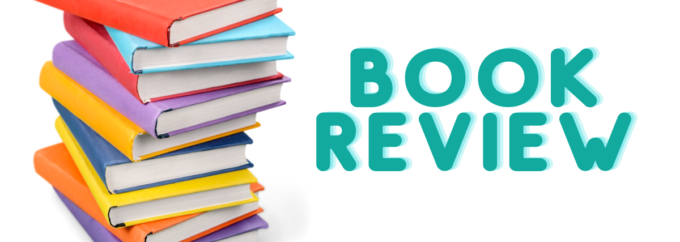Some students with disabilities use behaviour that can be described as ‘difficult’, ‘hard to manage’, ‘aggressive’ or ‘challenging’. This choice of language reflects an underlying yet misguided belief that the student has control over his/her decisions and teachers may respond with a punitive approach to attempt to manage the behaviour and control the student. Responding to tricky behaviour with negative consequences can result in a power struggle between teachers and students and is damaging for all relationships. Punishment is detrimental to learning and can escalate the behaviour.
A proactive response is to view behaviour as a way of communicating unmet needs. These unmet needs fall into one of two categories, as either something the student wants or something the student wishes to avoid. Changing the language used reframes the behaviour as having a function or purpose of obtaining or avoiding something that the student needs, but has not been able to, or willing to express. Reframing assists to prevent the spiral of negativity and teachers are better positioned to assist the student in having their needs met. Finding out what this unmet need is will provide clues to how to respond and develop strategies so this student can experience success. This approach, named positive behaviour support, is a well- established intervention for students with disability (Grey, Lydon & Healy 2016).
Positive behaviour support involves scrutinising the reasons behind behaviour and rethinking our choice of language. Instead of describing a student who fails to complete work as ‘lazy’, a close analysis may reveal a range of reasons for this behaviour. The student may be disorganised, struggling to understand the task, having difficulty sitting for long periods, didn’t have breakfast or is fatigued. Once the reason is identified, then proactive strategies can be put into place that addresses the problem and deals with the behaviour. This will be a long process but will facilitate learning, build relationships and enable the student to have dignity throughout the process.
In the above scenario, proactive strategies could be implemented. These include providing the student with a class buddy to help with organisation, breaking learning tasks into steps with pictures, building choice into the student’s learning tasks, providing brain breaks, ensuring that the student has adequate food or allowing the student time to rest. Some educators believe some of these strategies fall outside our area of responsibility; however, when these issues affect a student’s learning, they automatically become our responsibility.
There are times when, despite our close attention and best efforts, we never find the reason behind a student’s behaviour. In these situations, we need a positive attitude, perseverance, patience and a focus on building a relationship with the student to discover their interests and motivations. We also need to remember that when we try to remove a behaviour, we must provide a replacement behaviour, and this will require time and explicit teaching. The student who is not completing work could be provided with a personalised work folder at the right level to build self- belief in his/ her capabilities. Work demands could be shortened (e.g. complete five learning tasks, instead of twenty). This could be coupled with regular check-in times with the teacher (timers help to support this) and a reward at the end of each task (often iPads or specific jobs in the classroom are a great incentive, but check what motivates the student). If the work demands are lessened, the reward could be adjusted accordingly (e.g. for completing five learning tasks you can have five minutes on the computer instead of the usual twenty). However, if nothing seems to motivate a student, we should keep trying strategies, be present and empathetic with them and wait….and never give up. After all, we are a role model for how students should live their lives….what an awesome but wonderful responsibility this is.




